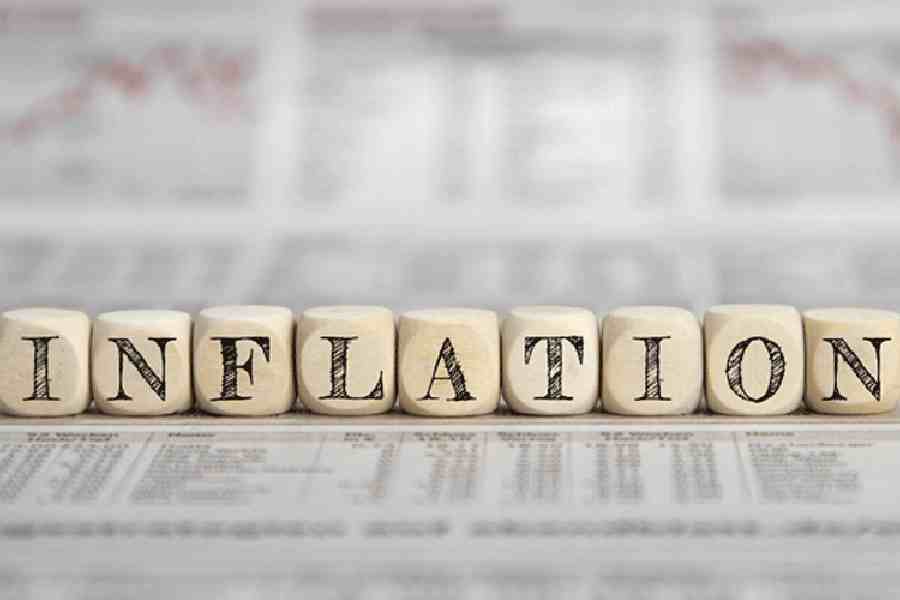A surge in the prices of vegetables, cereals and pulses has pushed retail inflation to a 15-month high of 7.44 per cent in July, breaching the upper tolerance limit of the Reserve Bank of India.
Economists said this could prompt the central bank to increase interest rates sooner than expected.
Wholesale price inflation, meanwhile, remained in the negative territory for the fourth straight month in July at (-) 1.36 per cent on easing prices of fuel, even though food articles turned costlier.
Core retail inflation, which strips out the volatile food and energy components, was estimated by economists at 4.9 per cent to 5.1 per cent for the month.
The retail inflation rate crashed past the upper bound of the Reserve Bank of India’s 2-6 per cent tolerance range in July from 4.87 per cent in June and 6.71 per cent in July 2022. The previous high inflation was recorded at 7.79 per cent in April 2022.
“While the spurt in vegetable prices is seasonal, the cereals inflation has remained in double digits now for 11 months. With monsoon rainfall turning deficit in the month of August and the El-Nino gathering pace is bad news for food inflation and in turn CPI inflation. The worrying trend is the structural nature of cereals inflation,” Sunil Kumar Sinha, senior director and principal economist, India Ratings and Research, said.
Food inflation, which accounts for nearly half of the overall consumer price basket, rose at a staggering pace of 11.51 per cent in July compared with 4.49 per cent in June. Retail food inflation was at its highest since January 2020, when it was over 13 per cent.
Vegetable inflation rose a whopping 37.34 per cent: prices of some of the most used vegetables in kitchens, including tomatoes, onions, peas, brinjal, garlic and ginger, have more than doubled in the last few months.
Dipti Deshpande, principal economist, Crisil said: “A dramatic lift from food prices is influencing consumer price index (CPI) inflation. This pattern should continue for a few more months after which, government intervention and fresh crop arrivals should curb the food price spike. To that extent, therefore, the current pressure looks transient.”
Cereal inflation in July increased to 13.04 per cent from 12.7 per cent in June. Last month, the government banned exports of non-basmati white rice, triggering fears of further inflation in global food markets.
Aditi Nayar, chief economist, Icra said: “The monetary policy committee (MPC) had emphasised the need to be vigilant and to be ready to act appropriately to ensure that the effects of shocks do not persist, and the bar for a rate hike would be quite high. Inflation would need to persist above 6 per cent for at least two quarters, amid transmission of pressures to core inflation, to set the stage for a rate hike.”










